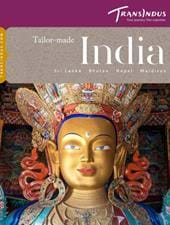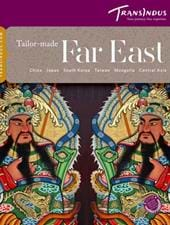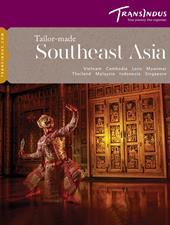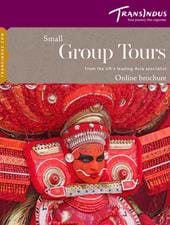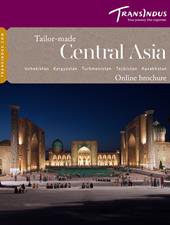For sheer visual impact, no Hindu temple in South India can match the magnificence of the Meenakshi-Sundeshwarar in Madurai. The gigantic, multi-coloured gopura towers of the ‘Fish-Eyed Goddess’ soar 46m above the city’s streets, writhing in stucco figures of gods, saints, demons and mythical monsters. The great pyramids, however, are merely an overture to the wonders enclosed below, where a labyrinth of richly carved pillared halls, colonnaded walkways and interlocking courtyards host a never-ending round of rituals.
Elephants daubed in auspicious patterns bless worshippers with a gentle pat of their trunks. Bare-chested Brahmin priests, attended by troupes of traditional musicians and drummers, hurry past lines of pilgrims prostrating themselves before soot-blacked shrines. Wedding parties decked in glittering silk and gold make their way towards the Goddess with their offerings of flowers, fruit and crisp bank notes.
Most of the temple as it stands dates from the 16th and 17th centuries, but the site has been an active centre of worship for more than 2000 years. Megasthenes described Madurai as ‘the Athens of the East’ in 302BC, while Strabo famously blamed its silk and spice markets for emptying the coffers of ancient Rome.
Although now a sprawling modern city with a population of over one million, this atmospheric town, with its lively covered bazaars area and traditional udipi restaurants, remains one of India’s undisputed highlights.

